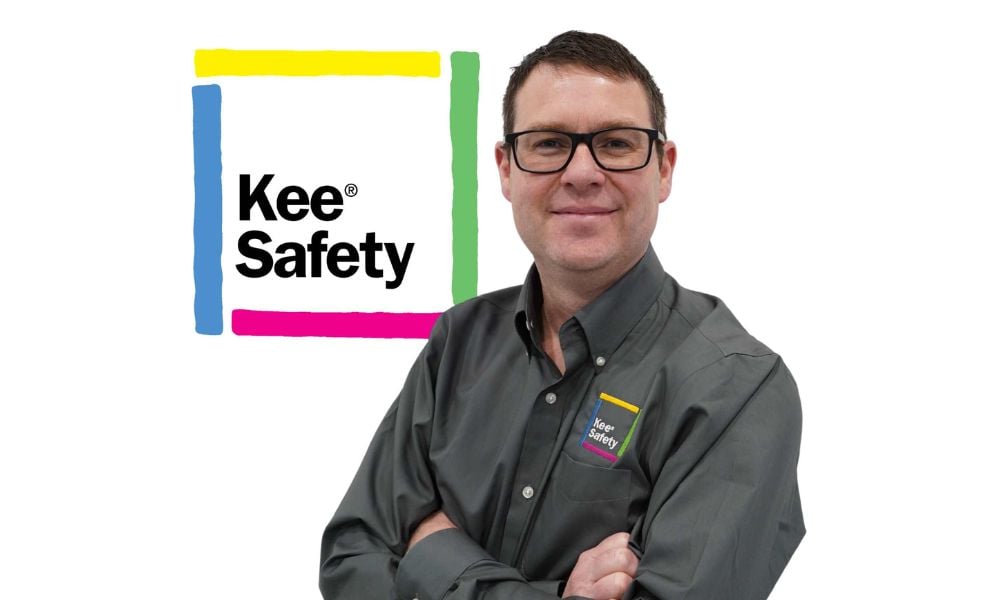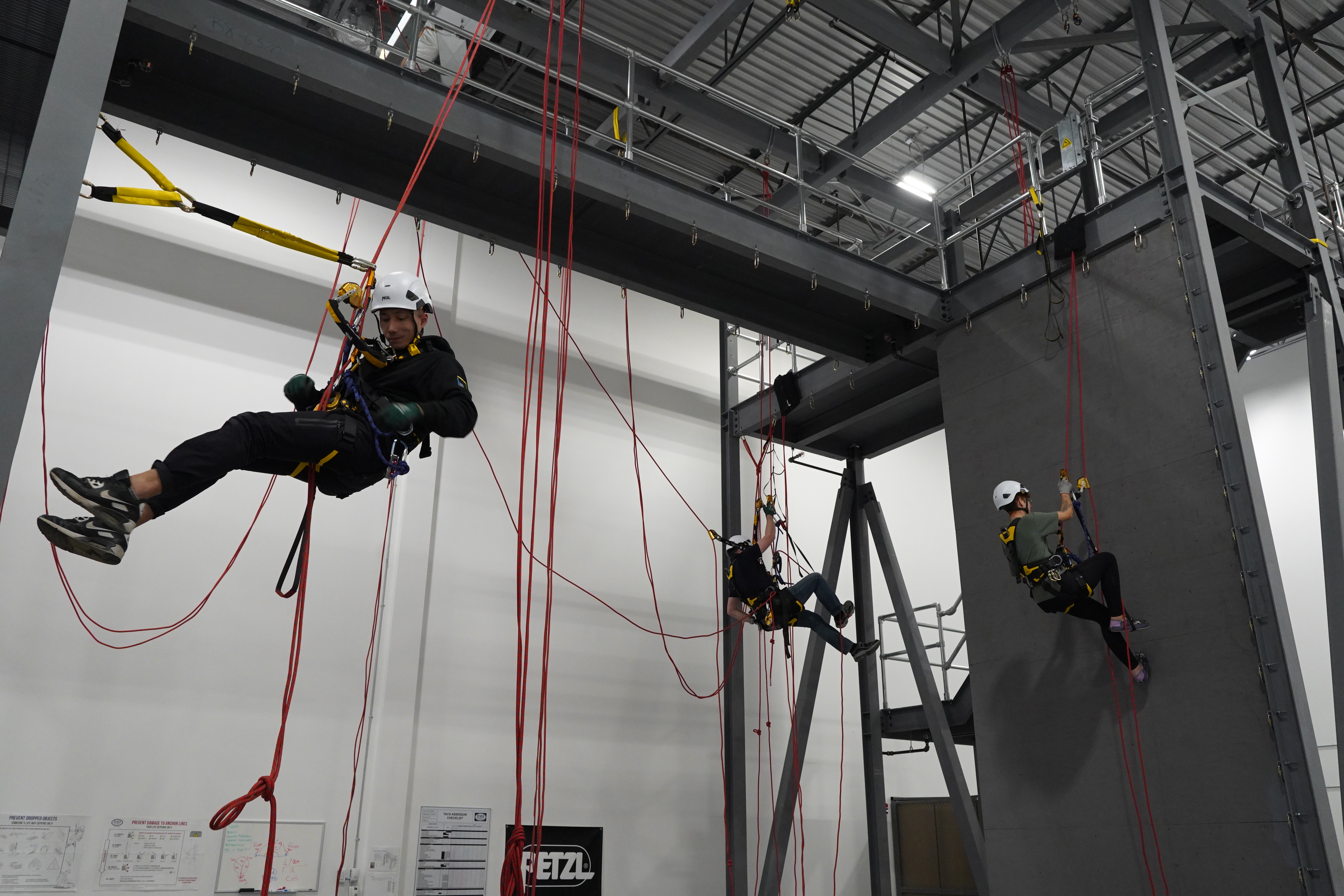'There are no boundaries' to what Kee Safety can offer: Martin Castle

This article was produced in partnership with Kee Safety
Martin Castle started his career mountaineering, teaching others how to scale mountains and descend into caves, and he loved every minute of it. He transferred those skills to work as a chimney jack before moving into the rope access space in the oil and gas and wind turbine industries where he accessed a variety of areas to complete an array of work, whether it be maintenance, repairs, inspections, or surveys.
From rappelling down the side of buildings around the UK, to travelling via boat to access offshore oil and gas structures and wind turbines, “I loved being outside in the fresh air, coming across an issue, and having to find a unique solution — and not only find a solution but make it a safe solution, as well as carry out the work to the client's needs, and think of your feet at the same time: it's an amazing space to be in,” Castle says of his career.
Reaching new heights
Castle’s interest in the industry continued to flourish. He became qualified to teach industrial rope access and started his own company, MCL Height Safety, in 2008. Opening training facilities shortly after that, he also delivered training for the Global Wind Organization as well as working at height and rescue courses. In 2013 he became an assessor, and that global accreditation took him much further than the North Sea.
“I've worked on some unique projects and buildings around the world, across Europe and the Middle East, in countries I never thought I’d see,” Castle says. “I skill operatives with all the tools they need in their tool bag, because completing the work is only one element. They need to be able to do the work safely and understand how to use the equipment to work more efficiently. That, in my mind, is the whole package.”\
In 2020, Castle was approached by Kee Safety, a manufacturer of edge protection equipment looking to get into the training space. Castle was drawn to the company’s acquisition model, noting things stay status quo and acquired businesses are given the room to achieve the things they want to, but with Kee’s guidance and backing enabling them to reach new heights. In 2021, Castle sold his business to Kee and took the next step in his career journey: creating Kee Safety’s Training Division. By 2022, there were four training companies operating eight facilities in the UK and Kee asked Castle to transplant his business model to North America. True to form, Castle wasn’t afraid to make that leap.
“And here I am: in August of 2022 my whole family got on the plane to Calgary,” Castle, now Rope Access & Training General Manager at Kee, says. “We recently opened our first training center, which delivers all the training that we do in the UK, and we've got plans to open another one in Toronto in the next few years and hopefully one in Texas a few years after that.”
The connection between safety and efficiency
Castle is passionate about training because he’s seen the benefits across companies. Educating people on how to complete tasks properly not only helps the employees out in the field, but the business overall, he notes. It’s an investment not just on the safety side, which is always top-of-mind, but on the productivity side as well.
“If they know more about the equipment they're using, or more about the environment they're in and how to spot the hazards to be able to put a solution or a protection element in place, then that gives them the ability to work safely — and also to work more efficiently,” Castle says. “We all want our operatives to be safe, but giving them resources is key to getting them to perform at a level that is going to work for the business in terms of efficiency.”
The Kee team considers existing skill level and caters to individual participants in the standard courses offered, ensuring they are accessible to everyone so that every person who walks through the door leaves the training facility with competent knowledge and a skillset they can apply in the field or in the operational space in which they work. Kee Safety works with people in the construction and theatre space, in entertainment rigging, stadiums and exhibition centers, as well as people who might access rooftops for maintenance, such as facilities management companies, and electricians or plumbers that work in industrial spaces. They also cross over into the emergency side, working with emergency services like fire, police, and tactical teams. They also collaborate with companies who want to book a whole course exclusively for their employees. In that case, the course is tailored to that business’ specific needs: for example, they just completed a session with a company whose operatives worked in a confined space area. The team designed the course to focus on safely accessing pits and trenches and incorporated a rescue response element as well with procedures and equipment.
“Our courses have an industry-wide scope that goes into many different types of sectors,” Castle says. “Anybody who works at height or needs to be protected from the risk of a fall, those are the kinds of people that really need to come and speak to us.”
A one-stop safety shop
Kee Safety aims to offer a complete one-stop shop: if a company has a particular issue, not only can Kee offer a solution, they can design, fabricate, and install the product and then provide training. Encompassing the full range of client needs in the space, developing the best solution possible is always paramount for Kee Safety overall, the training team, and Castle himself.
And going forward, much like his approach to his career literally and figuratively, the sky’s the limit.
“There really are no boundaries on what we can offer,” Castle sums up. “We aim to offer everything that suits within the safety and access area.”






